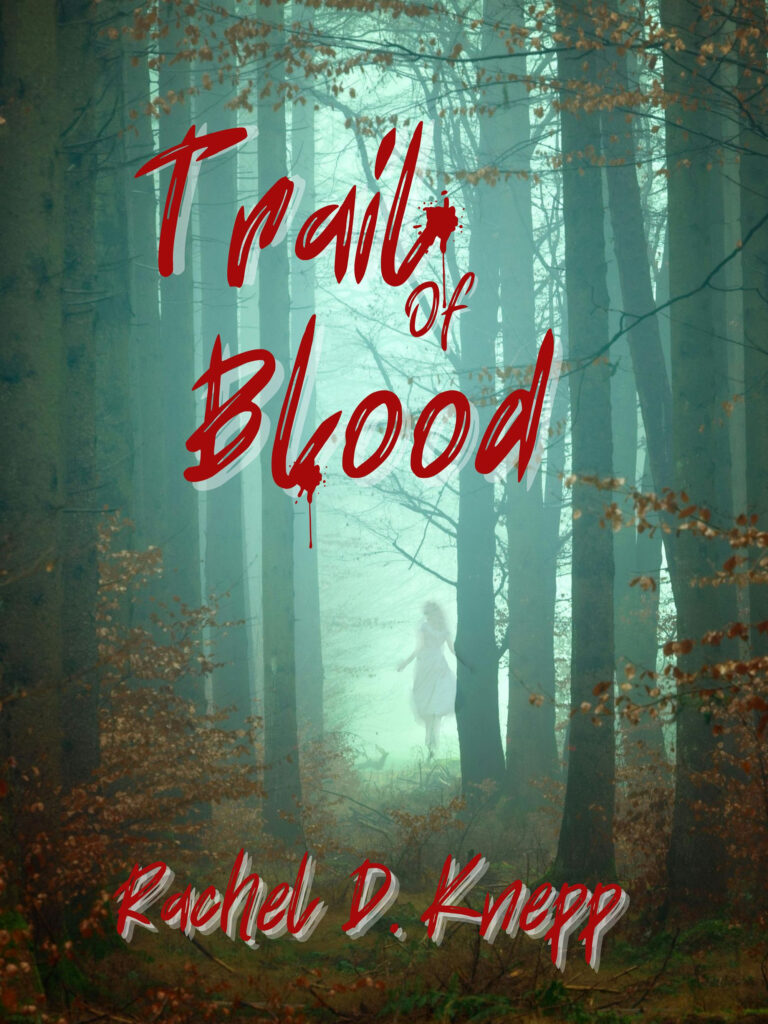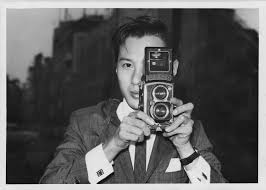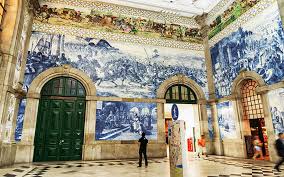
A Singular Voice in the Italian Renaissance
While Florence had Botticelli and Leonardo, and Venice would soon boast Bellini and Giorgione, the small court of Ferrara in northern Italy fostered its own brilliant, if lesser-known, school of painting. At its heart stood Cosimo Tura (c.1430–1495)—a painter of rare imagination whose work fused Gothic elegance with a restless, metallic energy that set him apart from his contemporaries.
Known as Il Cosmè, Tura’s paintings are unforgettable: figures clad in sculptural draperies that seem hammered from bronze, faces with crystalline expressions, and landscapes glowing with eerie, supernatural light. His art defied easy classification—it was both austere and ornate, devotional and otherworldly.
Early Life and Training
Born around 1430 in Ferrara, Cosimo Tura was the son of a shoemaker, but his talent soon caught the attention of local patrons. He may have apprenticed in the workshop of Francesco Squarcione in nearby Padua—a teacher also known for training Andrea Mantegna. This Paduan influence would profoundly shape Tura’s style: an intense interest in anatomy, perspective, and sculptural form.
By the 1450s, Tura had returned to Ferrara, where the ruling Este family—one of the most cultured courts in Italy—recognized his talent. Under Duke Borso d’Este and later Ercole I d’Este, Ferrara became a vibrant artistic center. The court commissioned painters, poets, and architects, seeking to rival the splendor of Florence and Mantua.
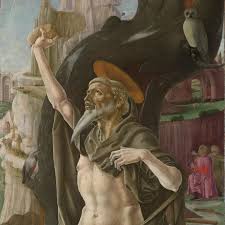
The Ferrara School: A Fusion of Gothic and Renaissance Ideals
The Ferrara School of Painting, with Cosimo Tura as its founding figure, was distinct from other Renaissance movements. Where Florentine painters pursued harmony and ideal beauty, the Ferrarese cultivated a sharper, more expressive visual language—full of tension, rhythm, and angularity.
Tura’s art defined this emerging style. His figures were often elongated, encased in elaborate, jewel-like garments, and posed in ways that expressed both human emotion and divine mystery. His works fused Gothic fantasy with Renaissance rationality, creating something entirely new.
Later painters—Francesco del Cossa, Ercole de’ Roberti, and Lorenzo Costa—would expand upon his legacy, collectively giving rise to what art historians now call the School of Ferrara.
Major Works and Commissions
Tura’s greatest patrons were the Este dukes, who commissioned both religious and secular works for their palaces and chapels.
• The Roverella Altarpiece (c.1470–1474): One of his masterpieces, originally created for the Church of San Giorgio fuori le mura in Ferrara. The surviving fragments, now scattered across museums, display his intense color palette, sharp contours, and ethereal figures that seem suspended between heaven and earth.
• The Allegorical Figures for the Studiolo of Belfiore: A series of mythological paintings celebrating the Muses for Borso d’Este’s private study. These works exemplify Ferrara’s fascination with classical learning and humanist ideals, showing Tura’s ability to bridge sacred and secular subjects.
• Saint George and the Dragon (c.1469, National Gallery, London): Perhaps his most famous panel, where the saint’s armor gleams like a carapace of metal and the dragon coils in baroque fury beneath his lance. The background’s dreamlike architecture and surreal landscape make the scene at once heroic and hallucinatory.
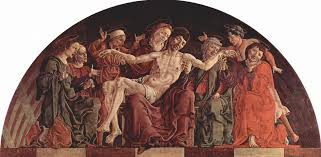
Style and Artistic Legacy
Cosimo Tura’s art is instantly recognizable. His figures often seem carved rather than painted, with sharp planes and gleaming surfaces. Draperies twist like ribbons of metal, and backgrounds shimmer in unnatural, luminous hues—greens, golds, and pale violets that evoke otherworldly atmospheres.
His paintings reveal an artist obsessed with form and tension. Every fold, every gesture, is charged with energy. Some art historians describe his work as having a “nervous vitality,” anticipating the later emotional intensity of Mannerism.
Though Tura’s fame never equaled that of Florentine masters, his influence was profound within Ferrara and beyond. He laid the foundation for artists such as Dosso Dossi and Garofalo who carried the city’s distinctive aesthetic into the 16th century.
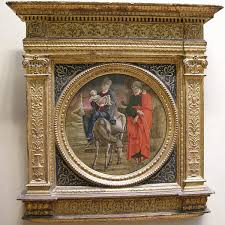
Interesting Tidbits
• Court Painter to the Este Family: Tura was not only a painter but also designed court banners, processional decorations, and even theatrical costumes for Este festivities—evidence of his versatility and the court’s reliance on his creativity.
• A Temperamental Genius: Historical records describe him as moody and proud, traits not uncommon among Renaissance artists who negotiated precarious relationships with demanding patrons.
• A Sculptor’s Eye: His painting style was so solid and structured that many scholars have suggested he studied sculpture or metalwork; indeed, his figures often resemble cast bronze.
• The Symbolism of Stone and Metal: Tura’s fascination with hard, gleaming surfaces may reflect the intellectual climate of Ferrara—where alchemy, astrology, and mysticism intertwined with humanist philosophy.
The Twilight of a Master
By the time of his death around 1495, Cosimo Tura had shaped an entire generation of painters. The Ferrara School would continue to thrive into the 16th century, influencing artists from nearby Bologna and Venice.
Today, his works are preserved in major museums such as the National Gallery (London), the Uffizi (Florence), and the Louvre (Paris)—each painting a window into the refined yet intense world of Renaissance Ferrara.
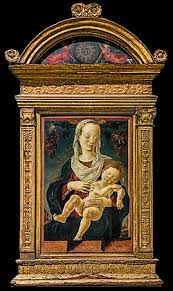
Why Cosimo Tura Matters Today
Tura represents a fascinating counterpoint to the more polished ideals of the Italian Renaissance. His art is not about serenity, but about emotion, structure, and vision. In a world of symmetrical Madonnas and perfect proportions, Cosimo Tura dared to make his saints and heroes unearthly, powerful, and alive with tension—a testament to the restless spirit of invention that defined the Renaissance itself.
Thanks for reading. For more interesting art and design blog posts, head to my main page rkartandesign.com
For my short stories, head here.
For my books, click here.
